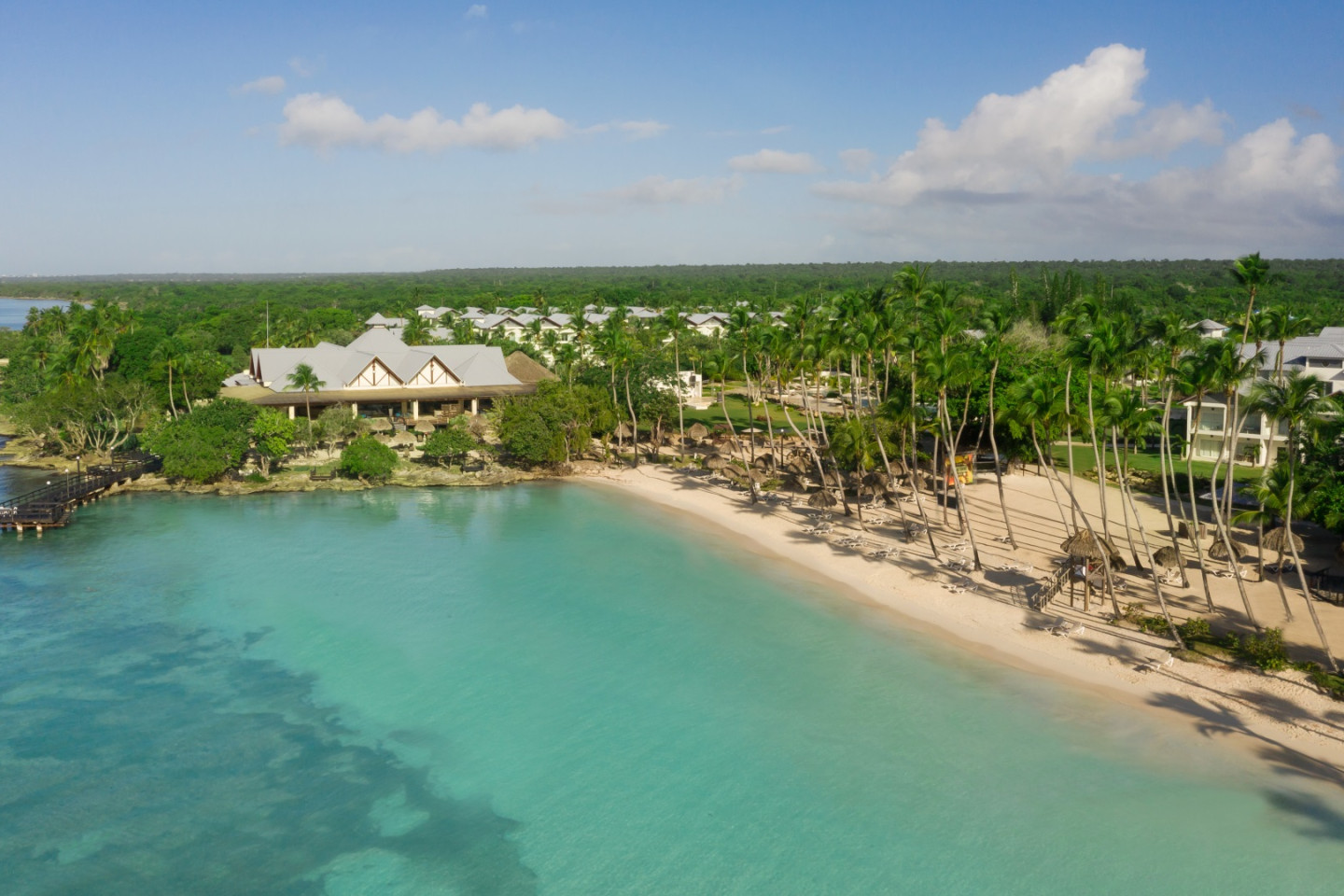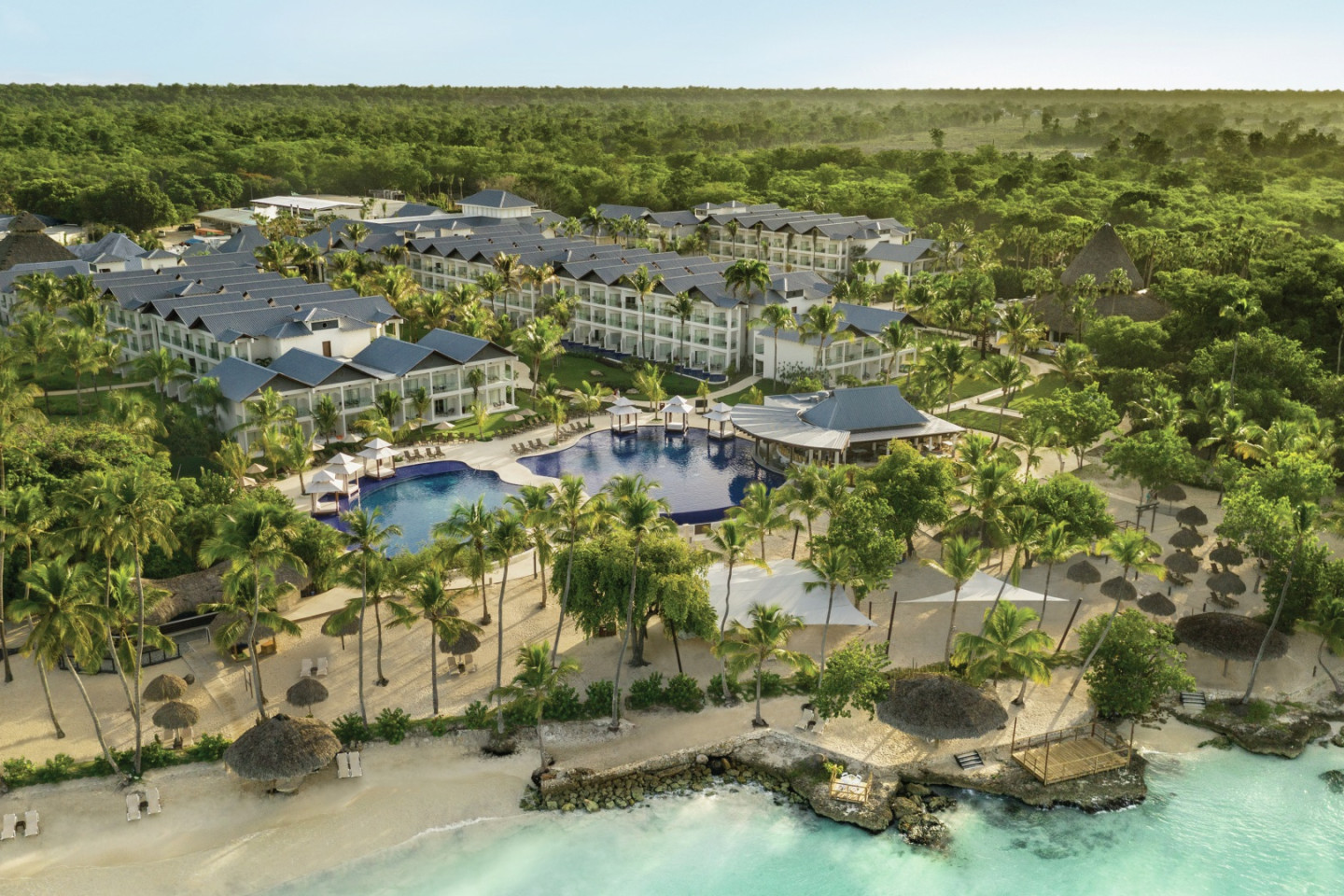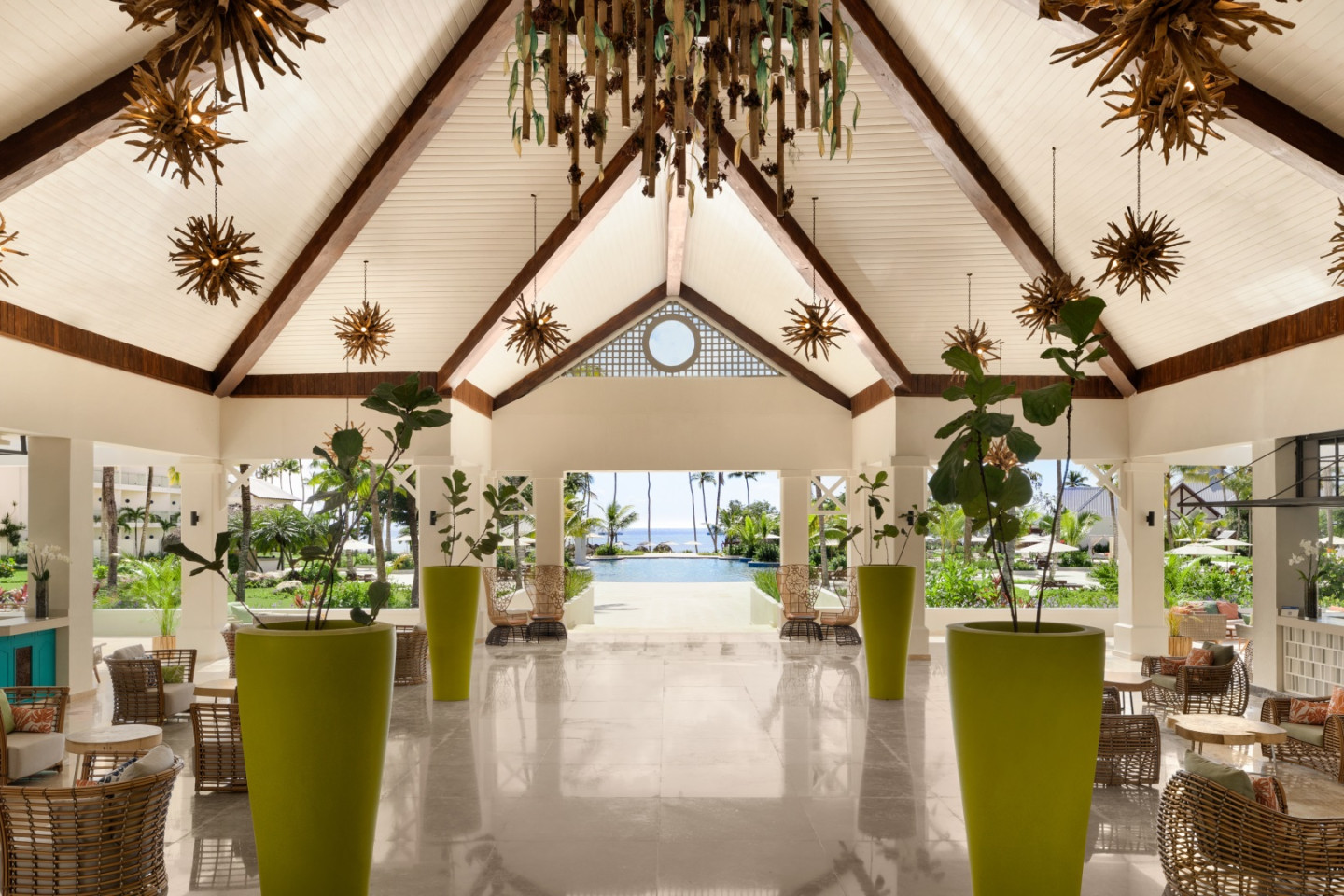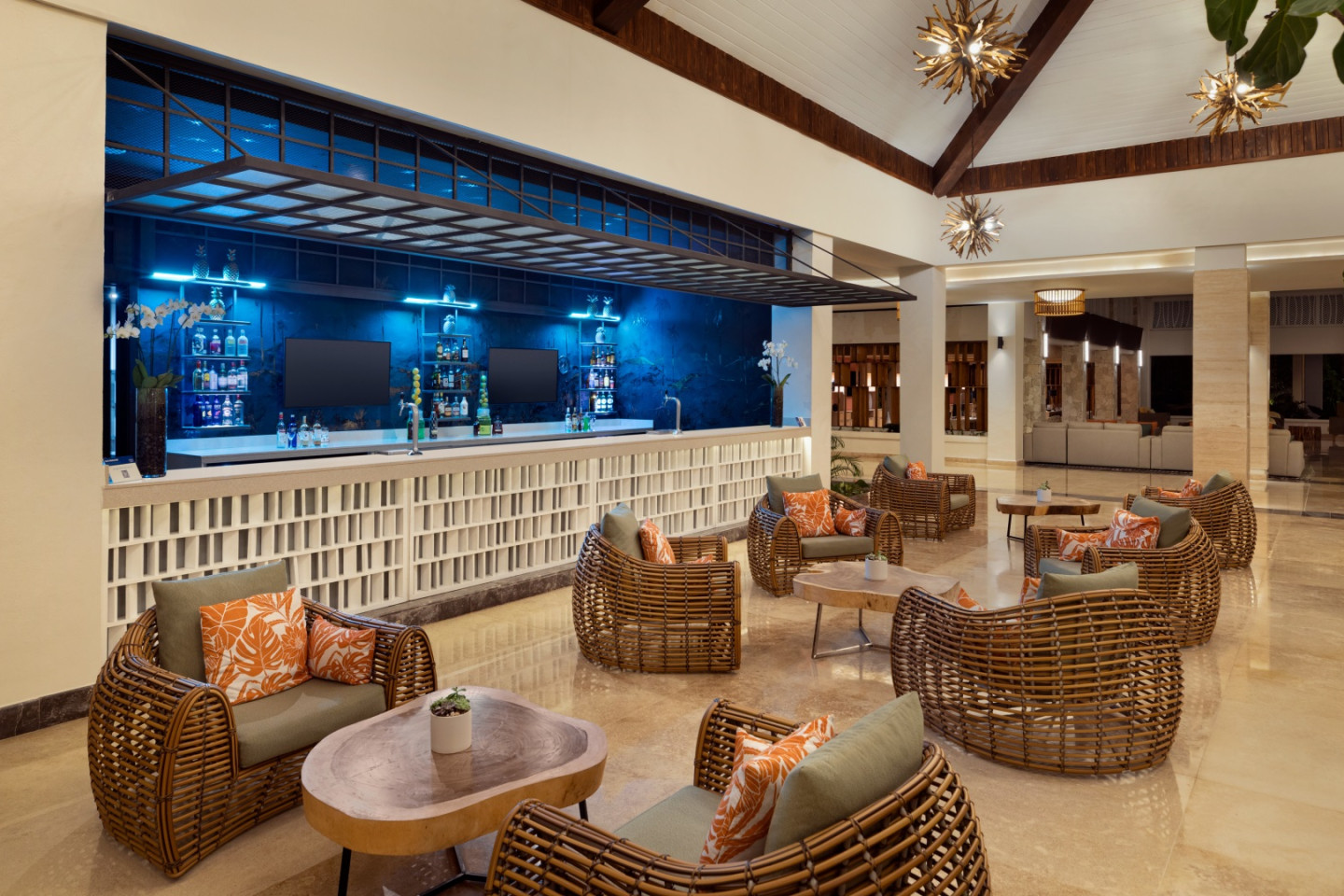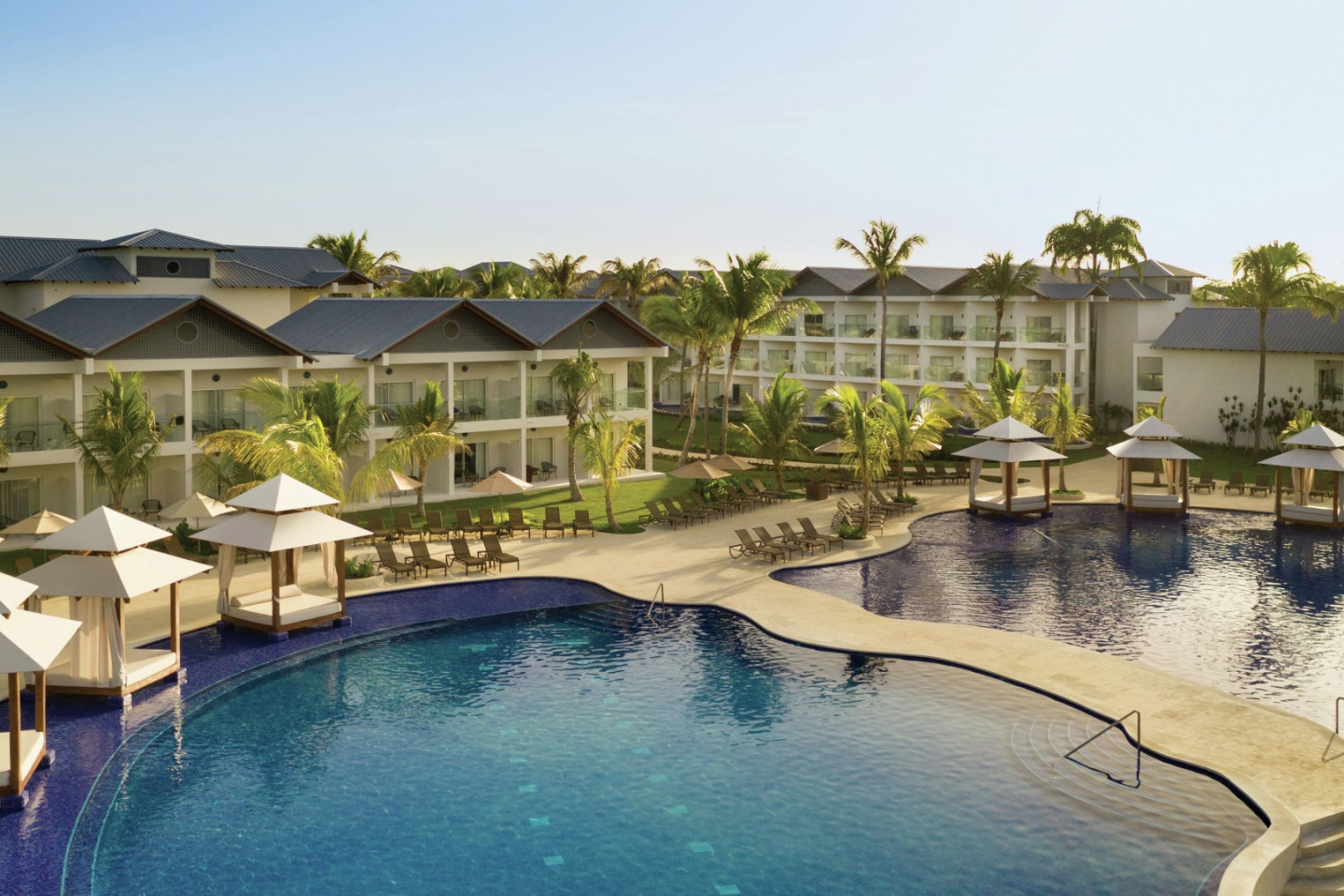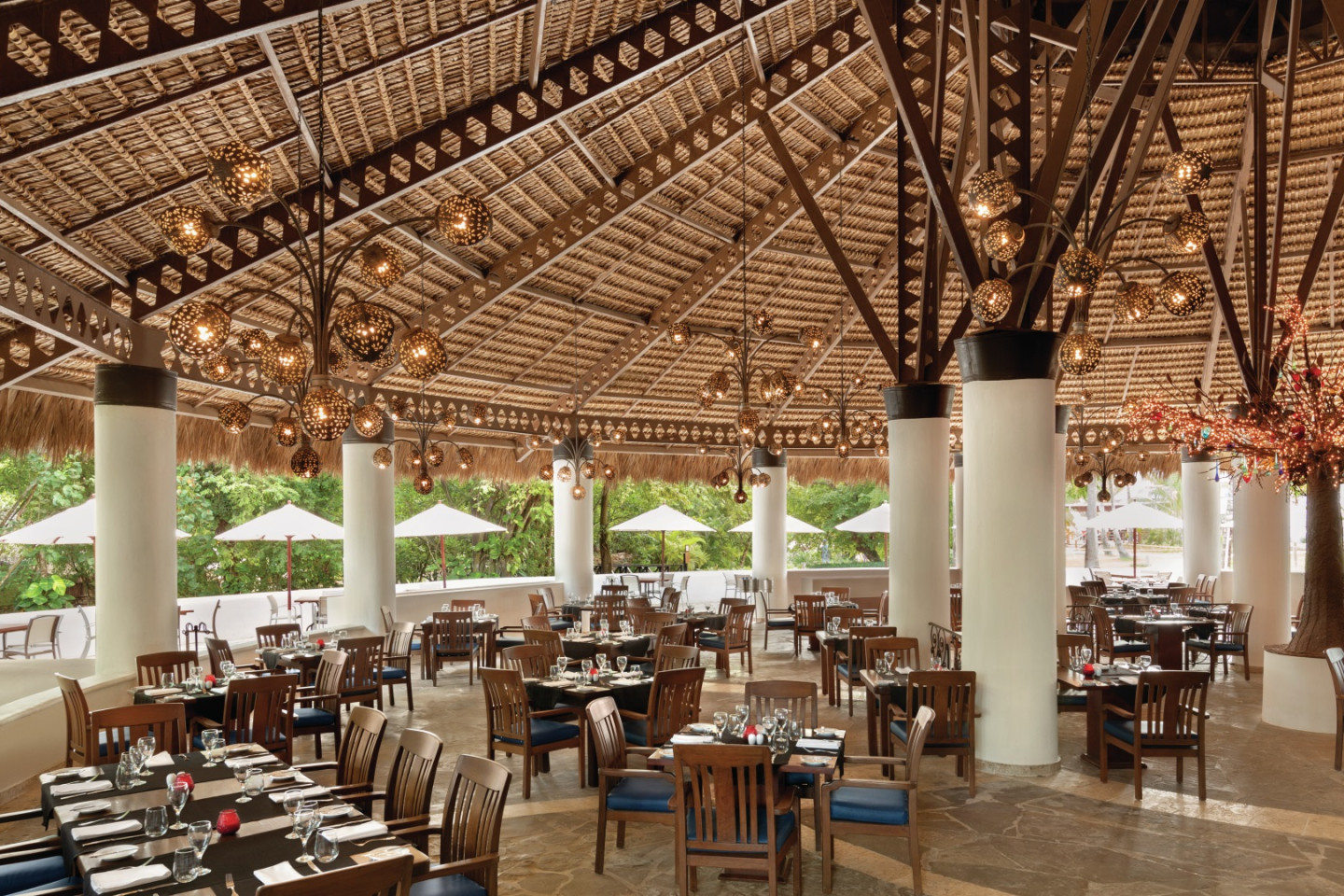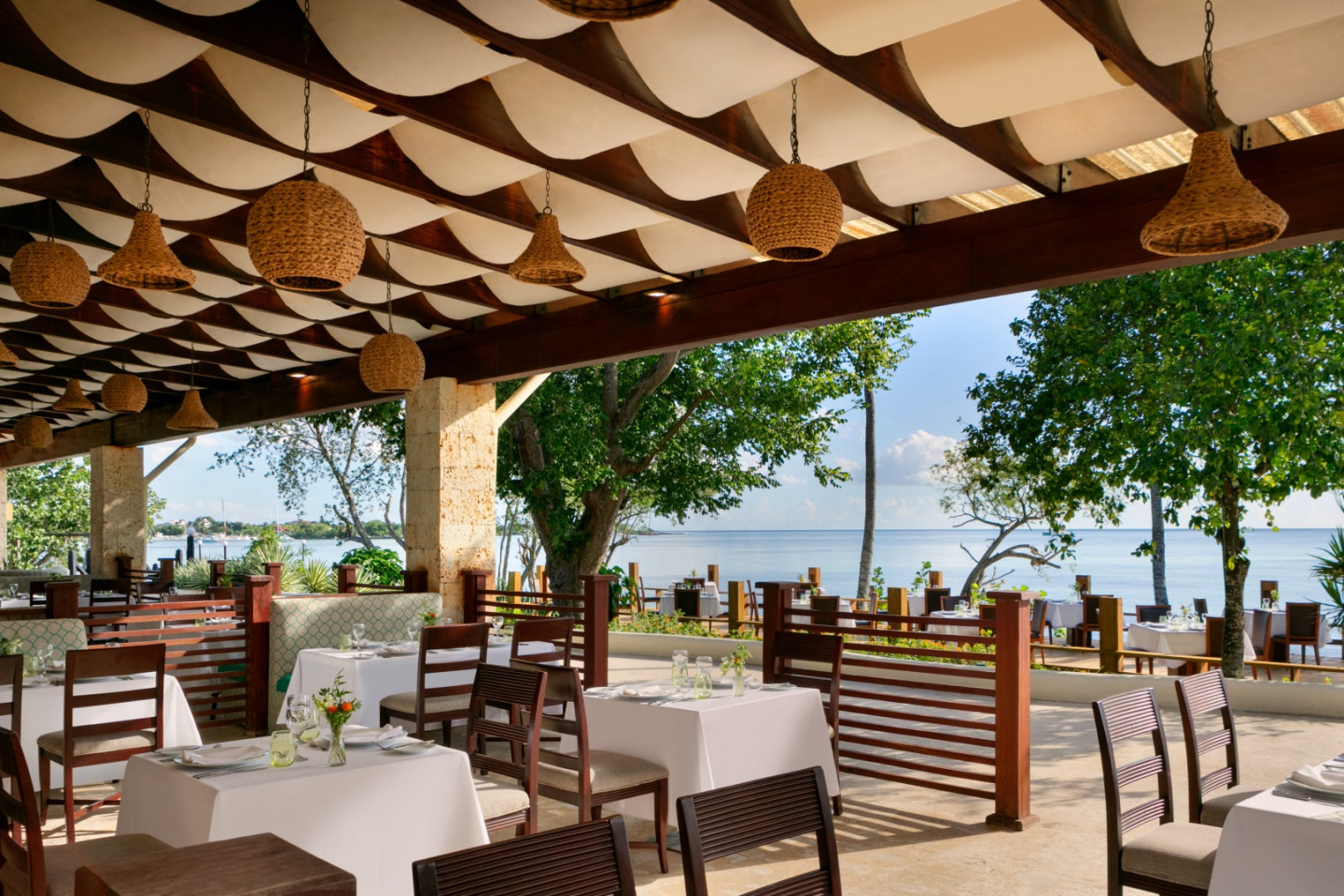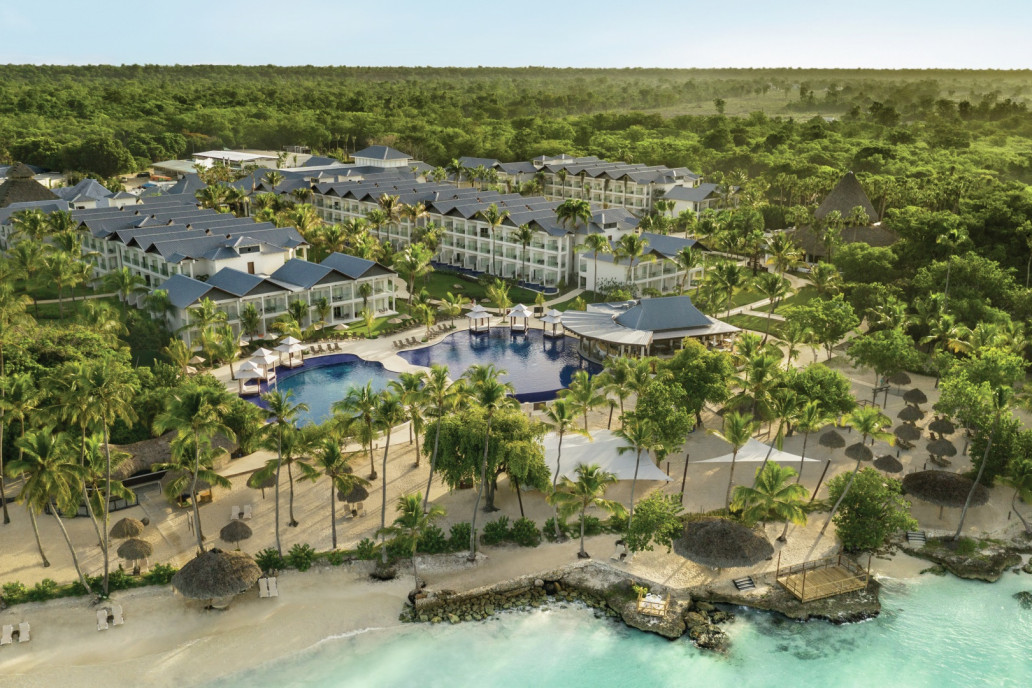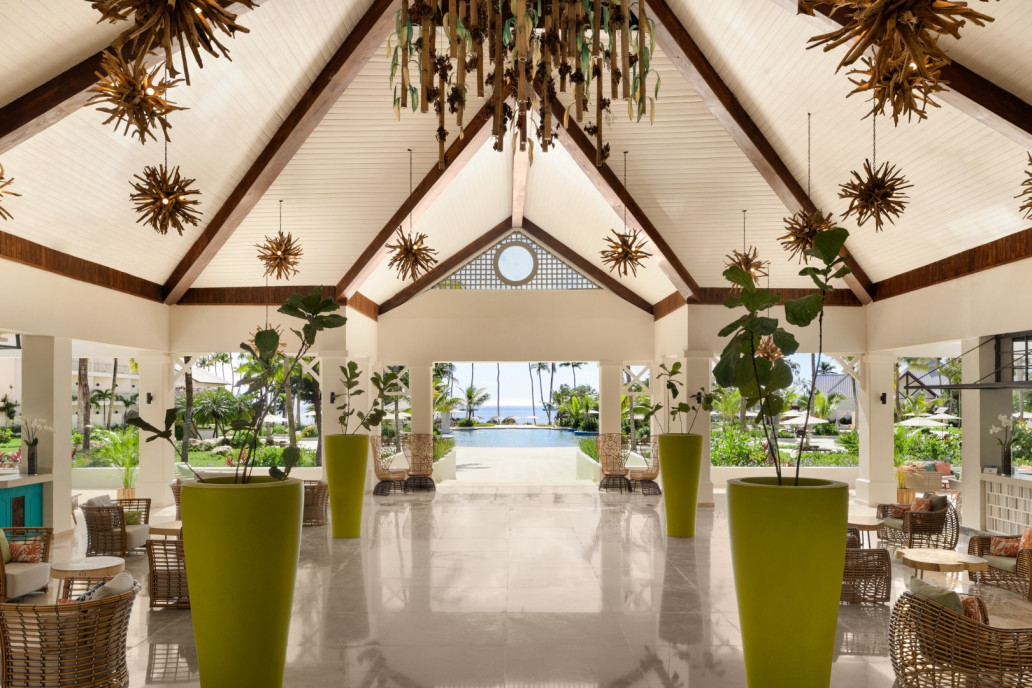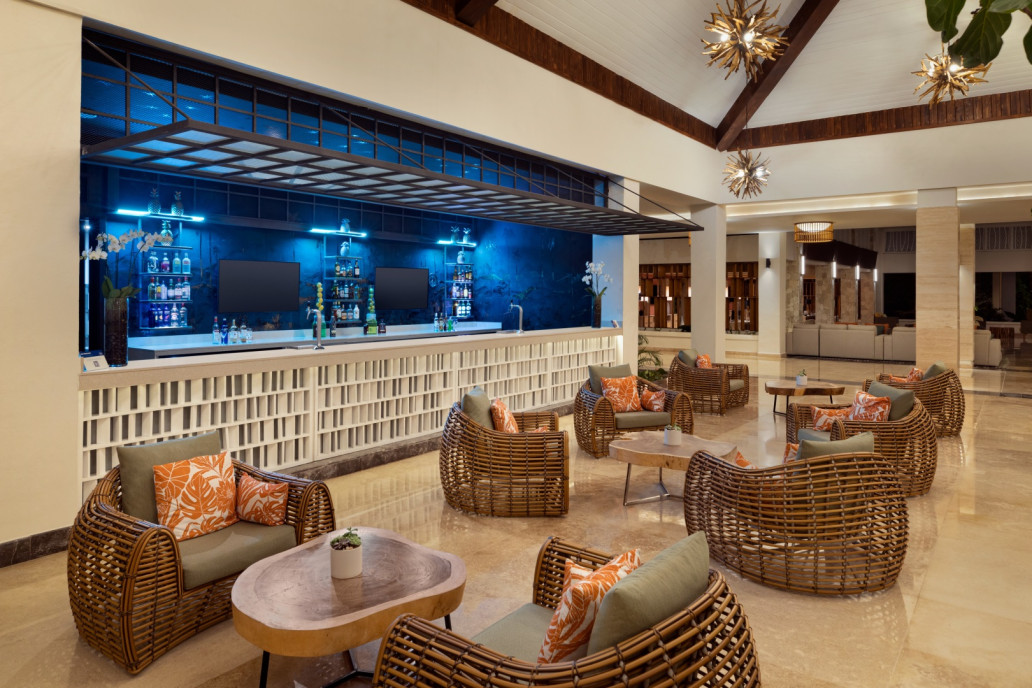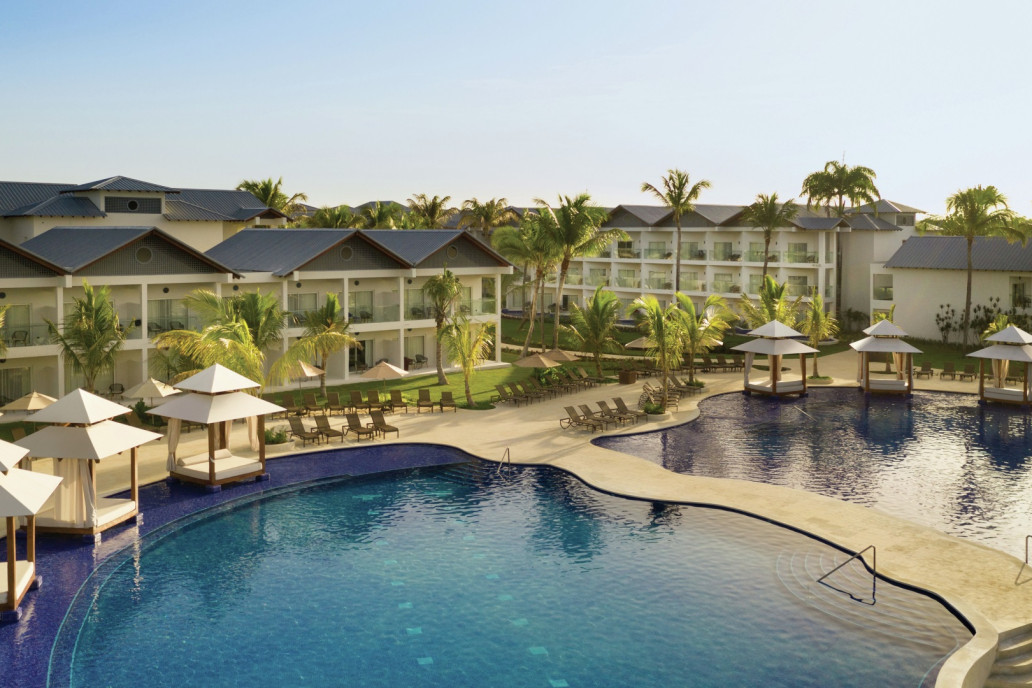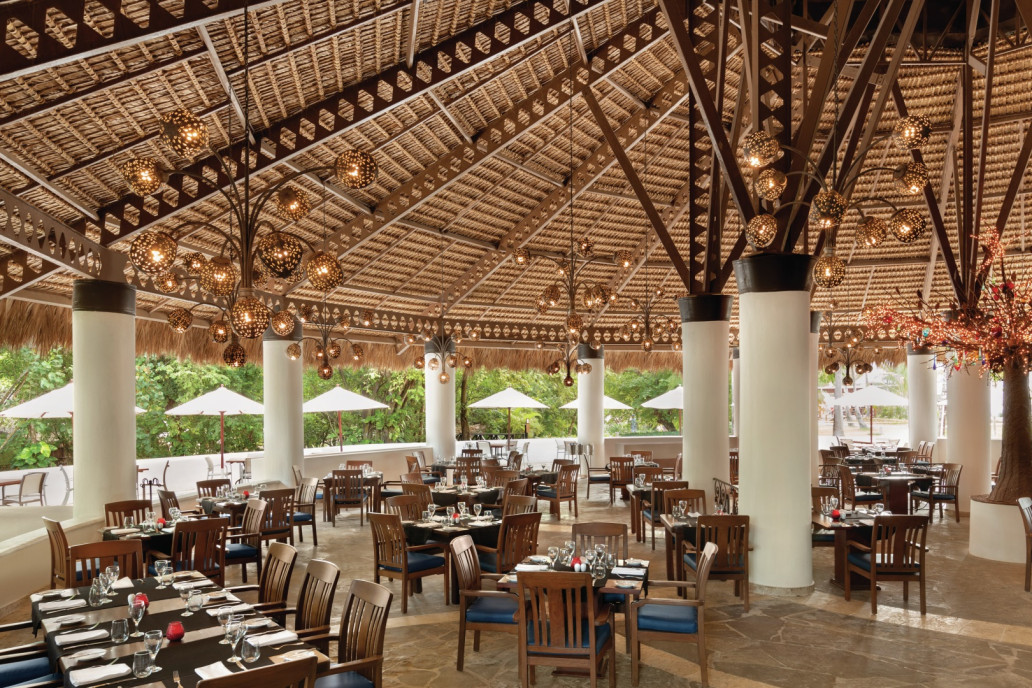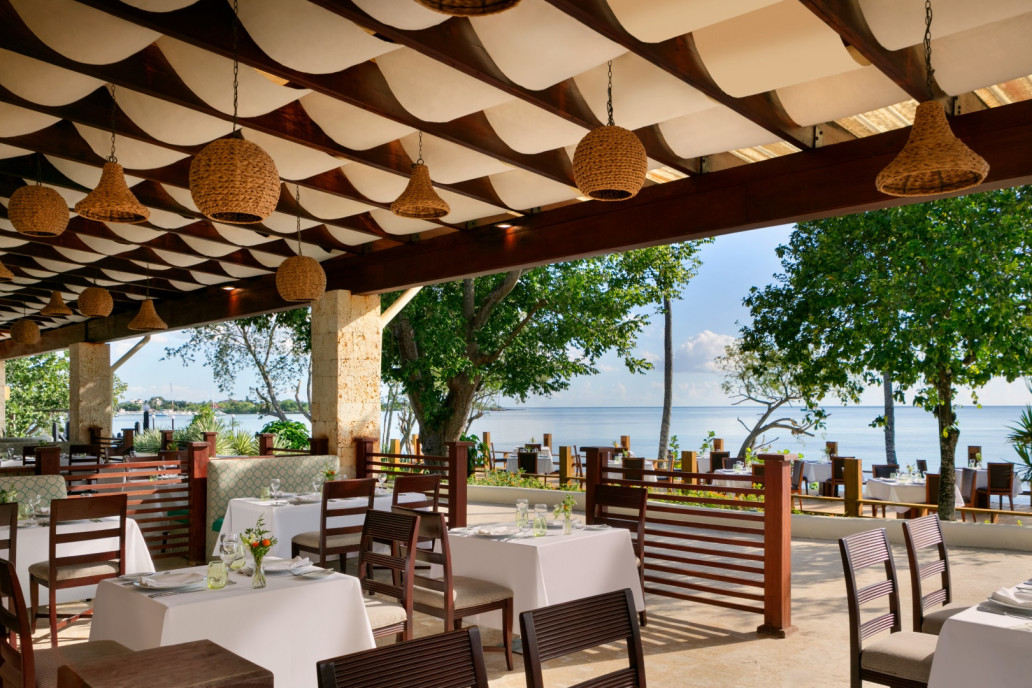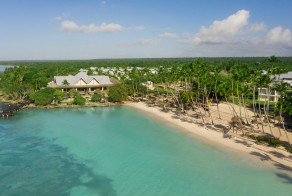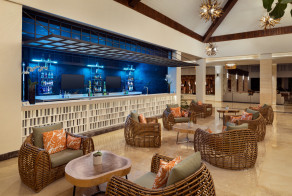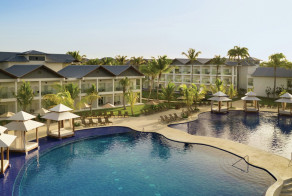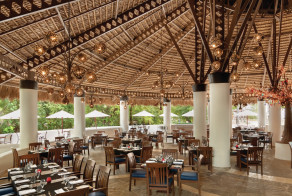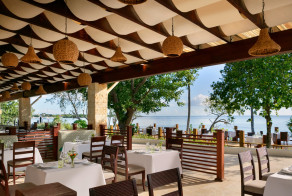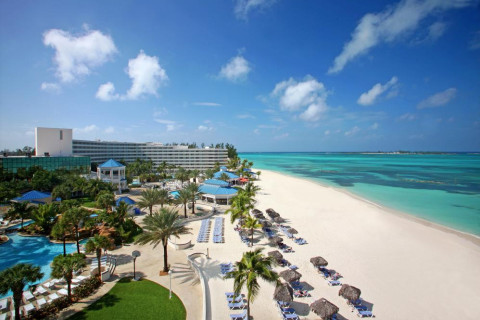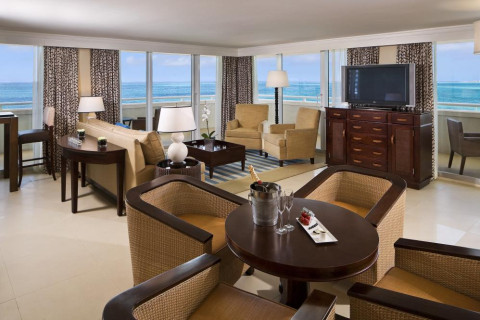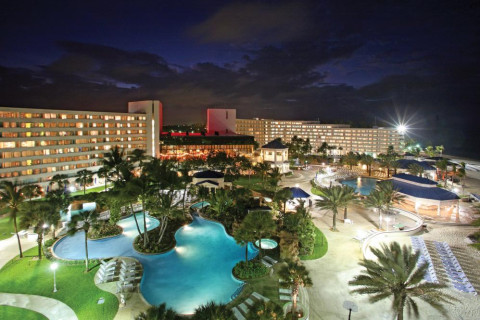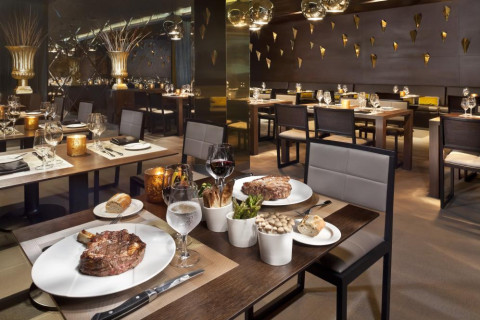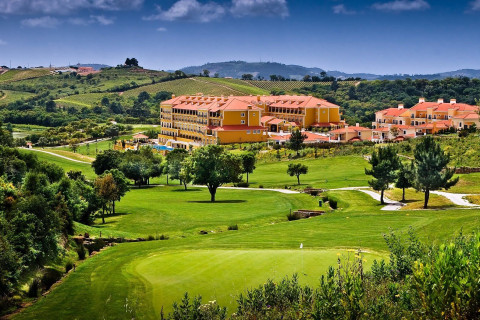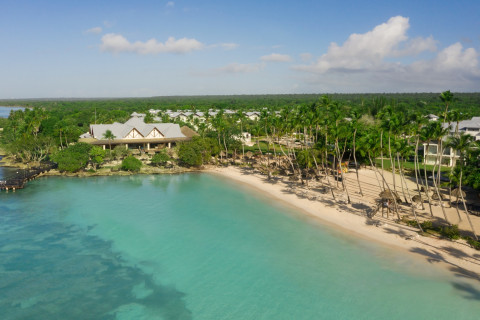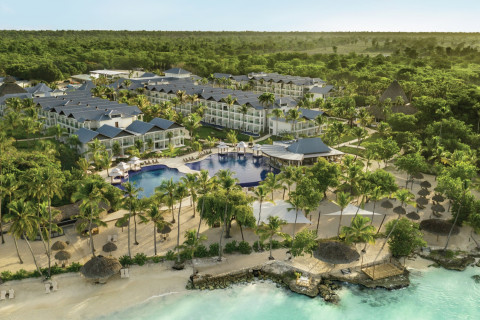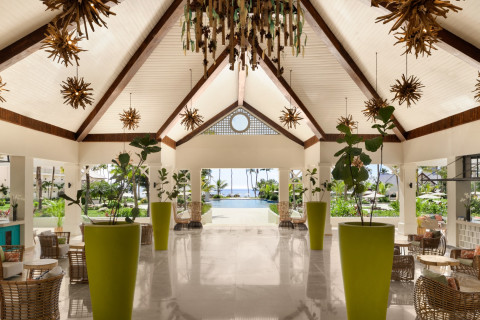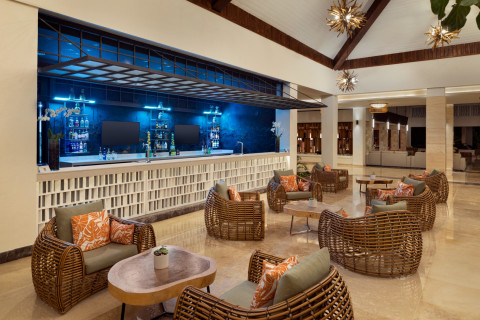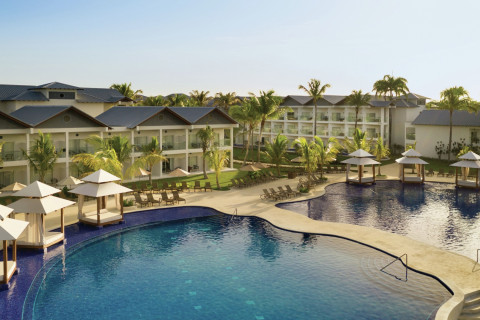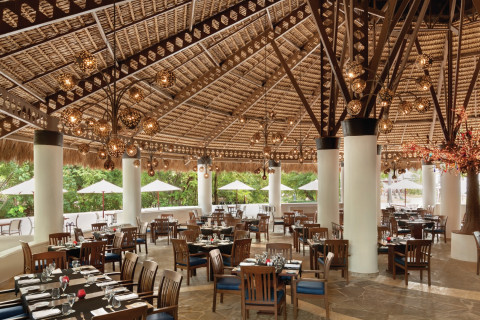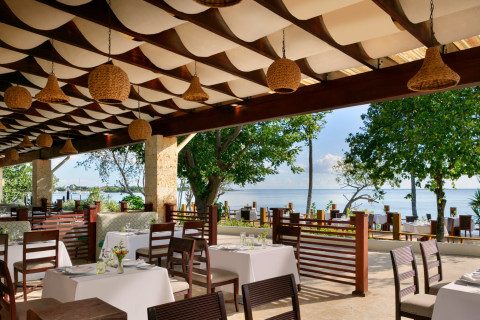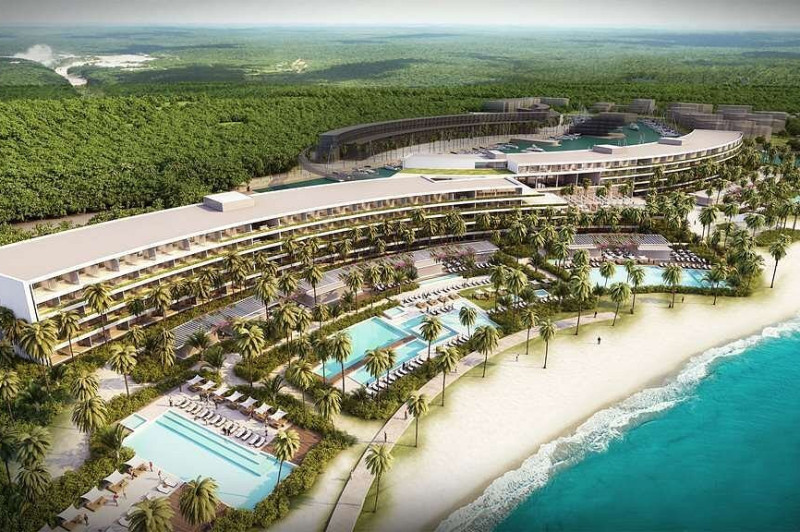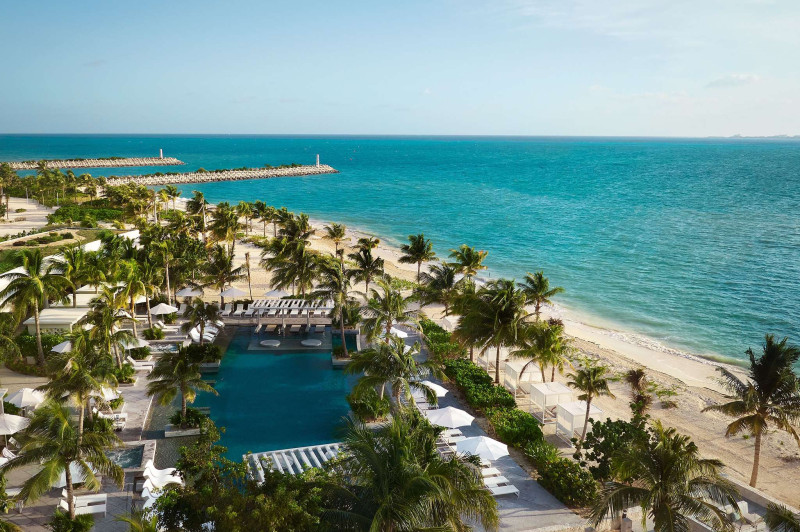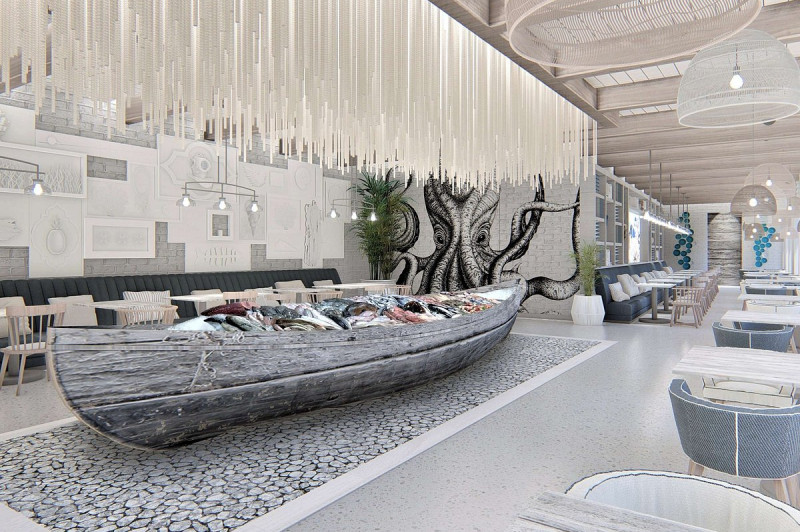- Home
- Past Conferences
- 3rd Mitochondria Conference
3rd Mitochondria Conference
From Basic Biology to Mechanisms of Disease #Mito25
23 Feb - 26 Feb 2025
Punta Cana, Dominican Republic
-

Marcia Haigis
Harvard Medical School
-

Lydia Lynch
Princeton University
Early Bird - Expired • Talk Submission - Expired • Poster Submission - Expired • Registration & Payment Deadline - Expired
Report
Mitochondria are dynamic organelles with critical biochemical and cellular functions that allow cells to adapt to stress and dynamic changes in nutrients. These organelles allow cells to generate ATP, macromolecules for signaling, cell proliferation and redox defense. The 2025 3rd Mitochondrial Fusion conference was held in the Dominican Republic and brought together a community of scientists that shared cutting edge research findings on mitochondrial biology, biochemistry, and physiology. Speakers shared unpublished results spanning a number of novel technologies and cutting-edge discoveries on mitochondria structure, function and new roles in physiology and immunity. Finally, a strength of this conference was bringing together senior investigators with young faculty and trainees as a group of speakers. Talks were followed by dynamic and interactive discussion, with many questions in an open friendly atmosphere. The poster session was well attended, highly interactive with high quality research.
The conference opened on Sunday afternoon with Ed Chouchani from Harvard sharing his latest research on the functional relationships between metabolites and proteins, followed by Dirk Brenner from Luxemburg speaking on the critical role of mitochondrial metabolism in the macrophage anti-viral response. Jessica Spinelli from UMass presented cutting edge findings on the flexibility of the electron transport chain and the discovery of rhodoquinone in new ECT action. Conghui Yao (U Chicago), Lydia Lynch (Princeton) and Roni Nowarski (Harvard) shared new insights on the critical role of metabolism in shaping the immune response, and the day’s session closed with David Pagliarini from Wash U spoke on the less well-known mitochondrial proteins.
On Monday, Feb 24, Gerry Shadel shared insights into how complex II inhibition and succinate on MHC expression and ISG and its potential role in ‘mitoinflamaging’. Work from Lydia Finley’s lab in MSK included the malate-aspartate shuttle and the fate of citrate in the TCA cycle. Jared Rutter, Utah, shared exciting data on the role of lactate fueling the heart. Pekka Katajisto from University of Helsinki shared exciting discoveries on age-related segregation of mitochondria, and Maria Eugenia Soriano from University of Padua spoke about regulation of mitochondrial morphology and cristae density. Luca Pellegrini, University of Ottawa, presented the spatial regulation of mitochondrial structural organization. Laura Hulea, University of Montreal, asked how does metabolism and mRNA translation allow cells to survive and respond to stress? Luca Scorrano, Padua Italy, presented work on the role of early endosomes, mitochondrial proteins in angiogenesis. Kiran Kurmi, University of Miami, shared unpublished work on PPRC1 being induced with T cell activation and is important for increased mitochondrial respiration in T cells.
On Tuesday Feb 25, Sue Kaech discussed bile acids in promoting exhaustion in the tumor microenvironment, particularly of liver cancer cells. Nav Chandel discussed the role of mitochondrial signaling in Parkinson’s disease. Marcia Haigis, Harvard, presented exciting data using Proteome Integral Stability Assay (PISA) to identify new targets of metabolites. Josh Rabinowitz shows how, when energy is scare, carbon runs forward through the TCA cycle. Thus, metabolic homeostasis is mediated by mass action.
During the final day of the conference, Wednesday Feb 26, several speakers spoke about the role of amino acids in mitochondria and translation. For instance, Alan Varghese spoke about cysteine deficient diets in weight loss and Natasha Pavlova discussed the role of glutamine in mitochondrial translation using a novel tRNA charging assay. Nama Kanarek discussed screens to identify leukemia survival in the brain. Celeste Simon discussed the links between bile acids, lipids, and ferroptosis in cancer. Shabnam Shalapour discussed how specific diets and alcohol affect liver cancer mechanisms using extensive multi-omic approaches. Jonathan Lambert from the University of Padua discussed how different nutrients change mitochondrial shapes using elegant imaging and biochemical approaches. Lukas Chmatal, from the Whitehead Institute discussed sex differences affect mitochondrial fat oxidation in cardiomyocytes.
Synopsis
Due to high hotel occupancy levels, we have closed the registration deadline as hotel availability is changing daily. Please contact Rosie to check if any spaces remain available. If you have already registered for the conference, you can no longer extend your stay via your Fusion account. Again, please contact Rosie to check if we can accommodate your extra nights and/or accompanying guests.
Mitochondria act at the interface of numerous processes critical for cellular function and organismal health. Long recognized as the powerhouses of the cell, mitochondria are emerging as hubs for cellular metabolism, redox balance, signalling, gene expression, detoxification, and ion homeostasis. Mitochondrial maintenance is critical for proper development and function of cells and tissues, and mitochondrial dysfunction underlies numerous disease processes ranging from severe childhood mitochondrial disorders, to heart disease, neurodegenerative disorders, cancer, and aging itself. This conference will bring together scientists and clinicians with expertise in a breadth of mitochondrial biology to explore topics at the interface of basic and translational biology. Mitochondrial basic mechanisms of organelle regulation, mitochondrial mechanisms of disease, cutting edge technologies, and interventional strategies will be emphasized in interactive scientific sessions.
Confimed Invited Speakers
Navdeep S. Chandel (Northwestern Medicine)
MITOCHONDRIA AS SIGNALING ORGANELLES
Edward Chouchani (Harvard University / Dana-Farber Cancer Institute)
MASS SPECTROMETRY AND MACHINE LEARNING TO IDENTIFY NOVEL REGULATORS OF METABOLISM
Lydia Finley (Memorial Sloan Kettering Cancer Center)
UNDERSTANDING WHEN AND WHY CELLS USE THE TCA CYCLE
Susan Kaech (Salk Institute)
FUELING T CELL FATES IN CANCER
Naama Kanarek (Harvard Medical School)
METABOLIC VULNERABILITY OF LEUKEMIA IN THE BRAIN
Pekka Katajisto (University of Helsinki)
METABOLIC CELL FATE REGULATION THROUGH AGE-SELECTIVE SEGREGATION OF MITOCHONDRIA
Samantha Lewis (University of California, Berkeley)
THE MITOCHONDRIAL CENTRAL DOGMA IN HOMEOSTASIS AND STRESS
Luke O'Neill (Trinity College Dublin)
ADVENTURES WITH ITACONATE, THE MITOCHONDRIAL METABOLITE THAT KEEPS ON GIVING
Natasha Pavlova (University of Utah)
POLYGLUTAMINE TRACTS AS SENSORS OF GLUTAMINE AVAILABILITY
David Pagliarini (Washington University in St. Louis)
SYSTEMS BIOCHEMISTRY APPROACHES FOR DEFINING MITOCHONDRIAL PROTEIN FUNCTIONS
Erika Pearce (John Hopkins University)
DELINEATING THE METABOLIC SIGNALS THAT REGULATE IMMUNE CELL DIFFERENTIATION AND FUNCTION
Josh Rabinowitz (Princeton University)
MITOCHONDRIA AND SYSTEMIC METABOLIC HOMEOSTASIS
Jared Rutter (University of Utah)
METABOLISM, CELLULAR DECISIONS AND THE LANGUAGE THAT UNITES THEM
Dylan Ryan (University of Cambridge)
MITOCHONDRIAL CONTROL OF INFLAMMATORY MACROPHAGE FUNCTION
Luca Scorrano (University of Padua)
MITOCHONDRIA-DERIVED VESICLES DELIVER MITOCHONDRIAL FISSION FACTORS TO MATURE ENDOSOMES AND MODULATE ANGIOGENESIS
Shabnam Shalapour (The University of Texas MD Anderson Cancer Center)
DIETARY MACRONUTRIENT COMPOSITION DRIVES DIFFERENTIAL “IMMUNO-METABOLIC” RESPONSES DICTATING THE MECHANISM OF MALIGNANT TRANSFORMATION
Gerald Shadel (Salk Institute)
MITOCHONDRIAL NUCLEIC ACID-MEDIATED INNATE IMMUNE SIGNALING
Celeste Simon (University of Pennsylvania)
THE UREA CYCLE IN HEALTH AND DISEASE
Jessica Spinelli (UMass Chan Medical School)
METABOLIC AND PHYSIOLOGICAL IMPLICATIONS OF FLEXIBILITY IN THE ELECTRON TRANSPORT CHAIN
Target Audience
- Basic scientists studying mechanisms of mitochondrial and cell biology
- Clinicians and translational biologists interested in mitochondrial disease
- Immunologists studying mitochondrial function and the role of mitochondria in immune health and disease
- Scientists studying processes where mitochondria are important (metabolism, aging, cancer, heart function, etc.)
Educational Need
Mitochondria function at the intersection of many important areas of biology and biomedicine, but there are limited opportunities for people studying different areas of biology where mitochondria are important (aging, neurodegenerative disease, inherited disorders, mitochondria disease, heart disease, myopathies and muscular dystrophies, evolutionary biology, obesity, diabetes, kidney disease, etc.) to come together at one meeting. The primary outcome we hope to stimulate is interaction and cross fertilization of ideas between these diverse scientists leading to new collaborations and synergistic advances.
Confirmed Speakers
Chairs

Marcia Haigis
Harvard Medical School

Lydia Lynch
Princeton University
Invited Speakers
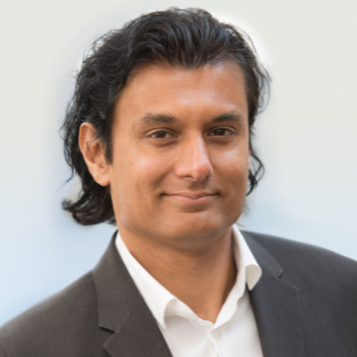
Navdeep S. Chandel
Northwestern Medicine
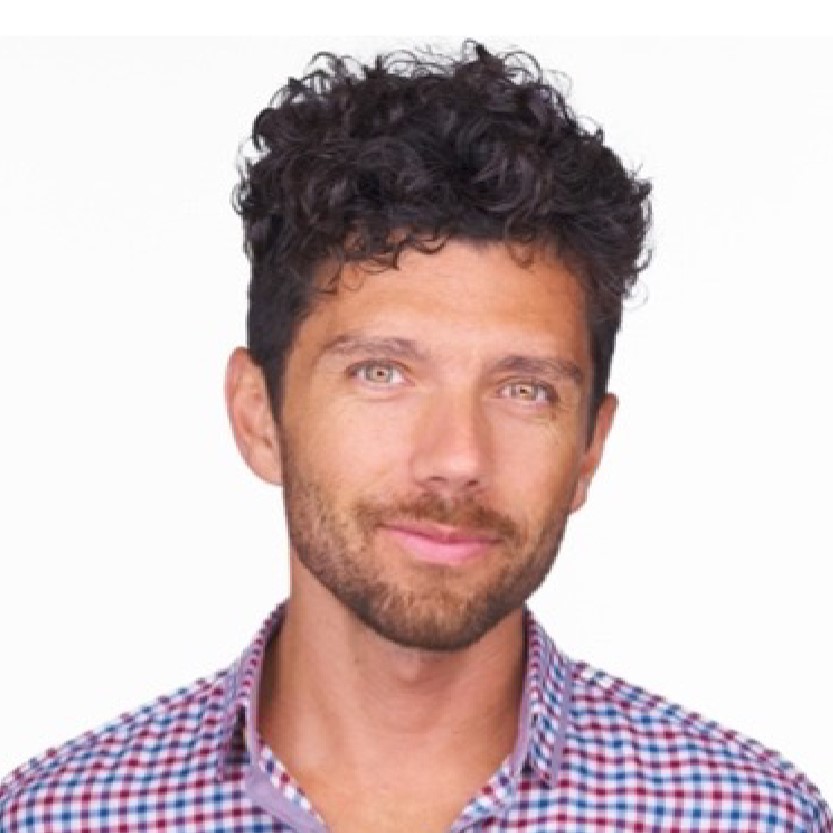
Edward Chouchani
Harvard University / Dana-Farber Cancer Institute
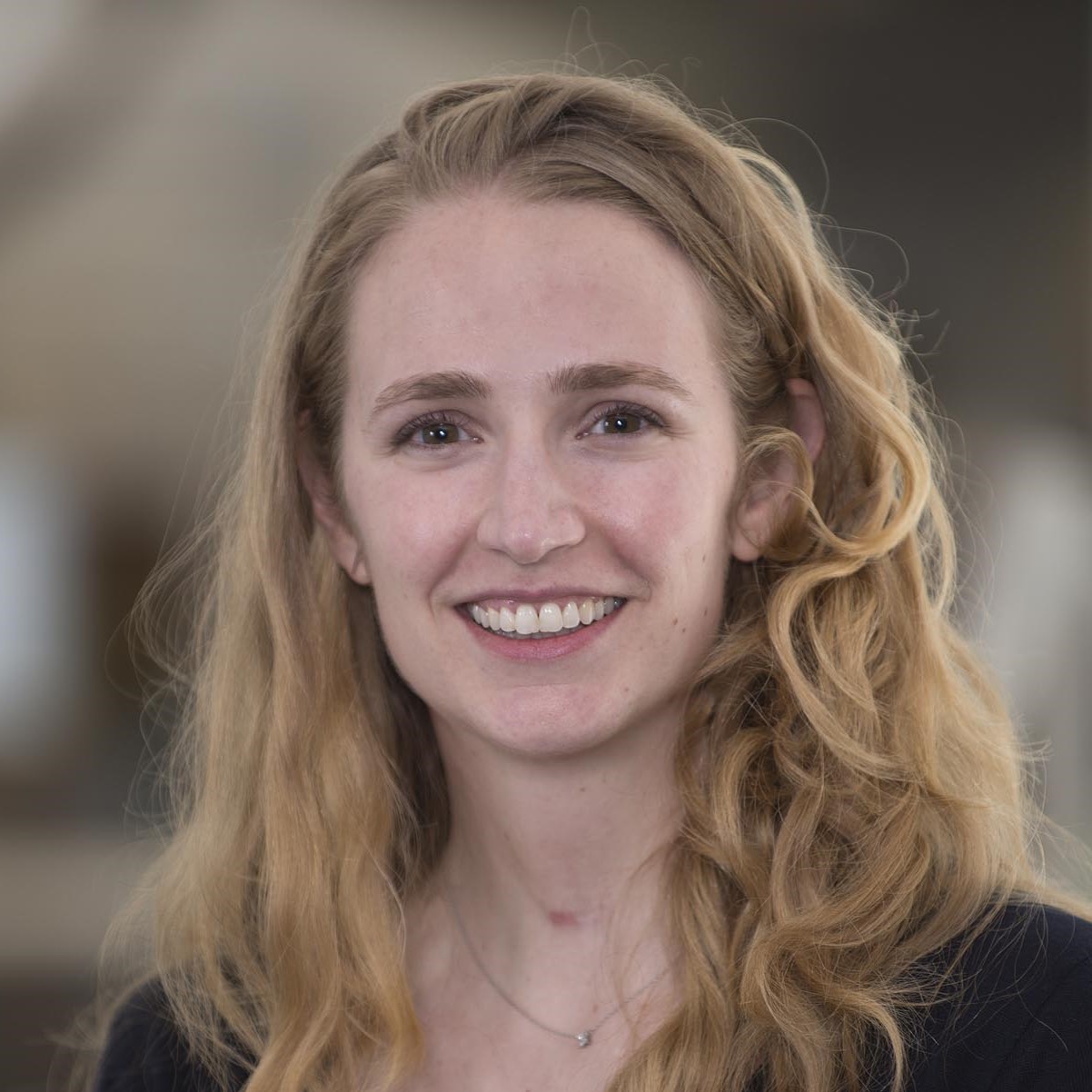
Lydia Finley
Memorial Sloan Kettering Cancer Center
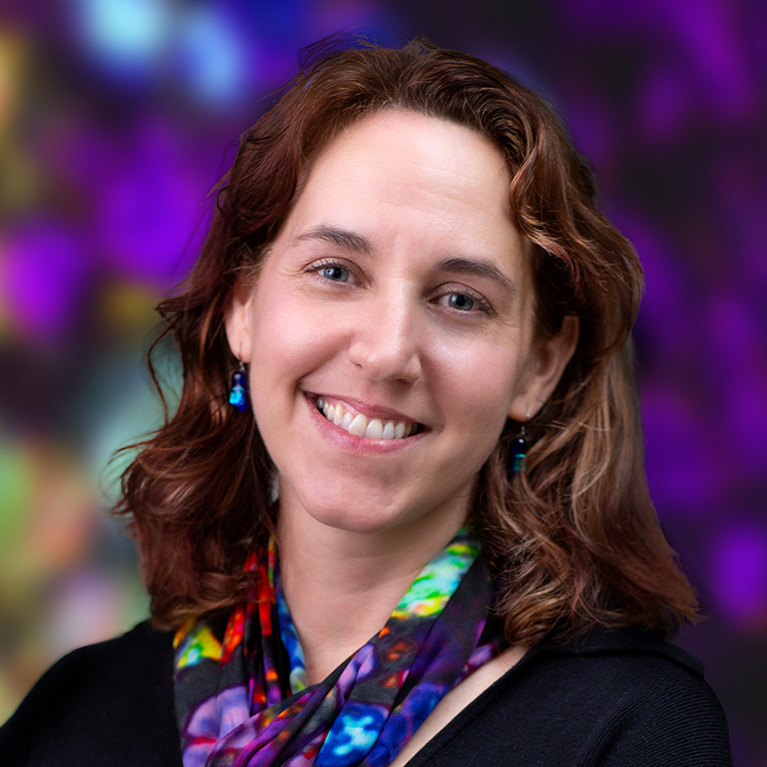
Susan Kaech
Salk Institute
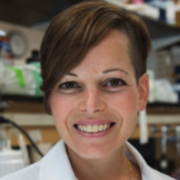
Naama Kanarek
Harvard Medical School
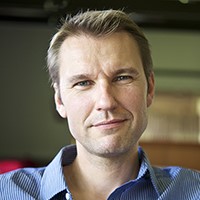
Pekka Katajisto
University of Helsinki
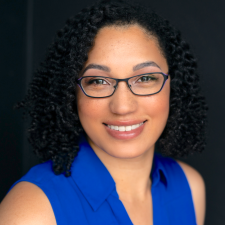
Samantha Lewis
University of California, Berkeley
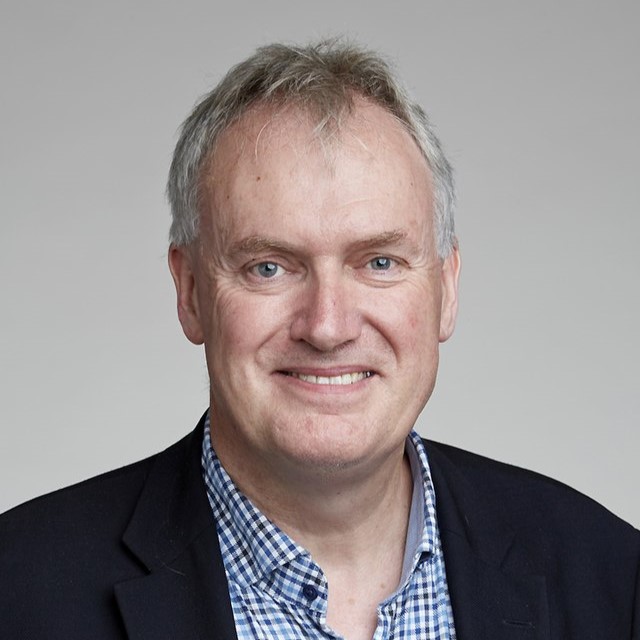
Luke O'Neill
Trinity College Dublin
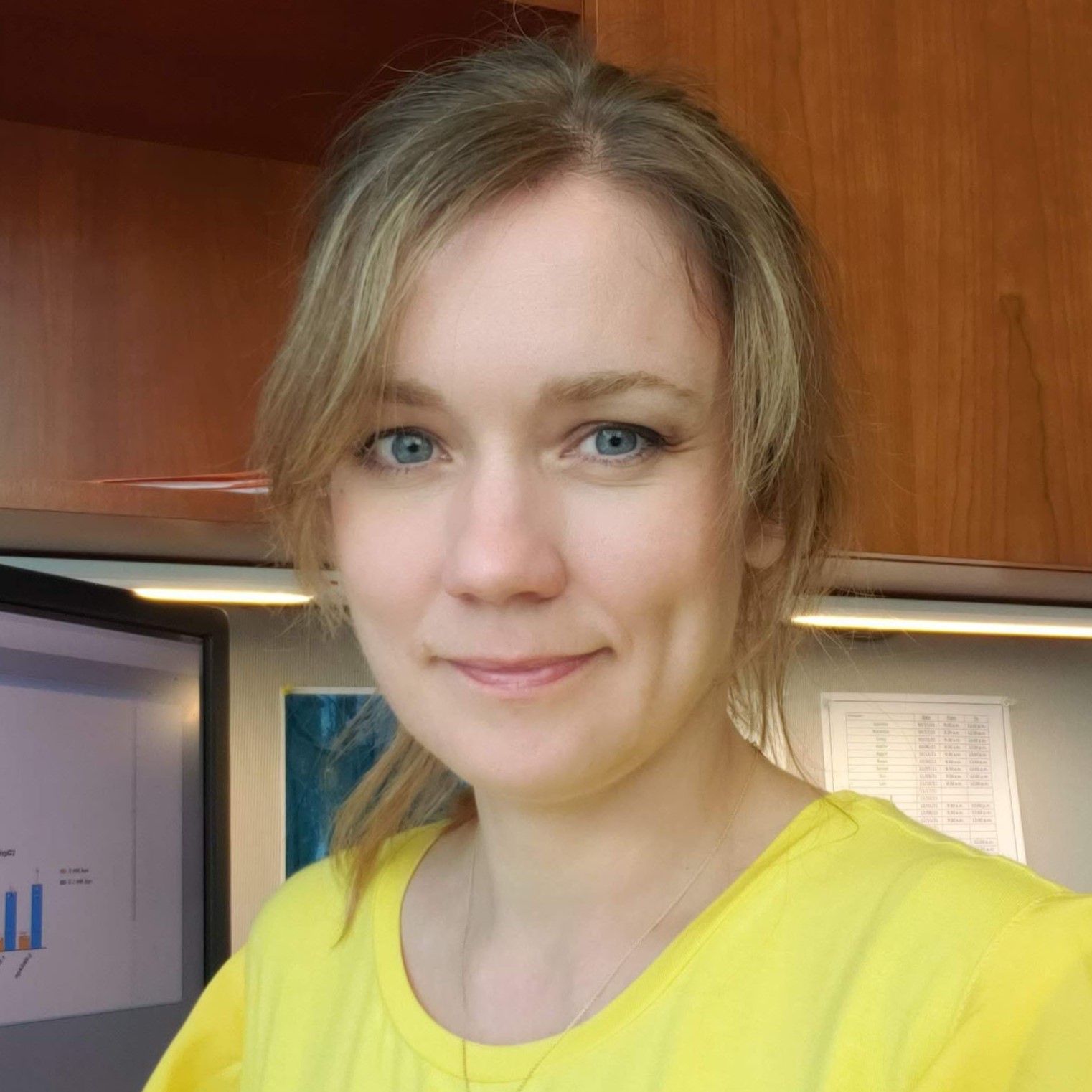
Natasha Pavlova
University of Utah
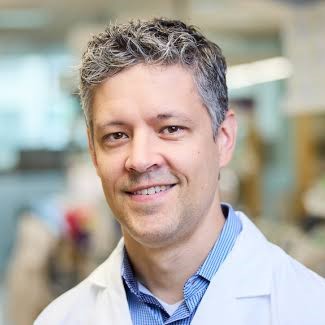
David Pagliarini
Washington University in St. Louis
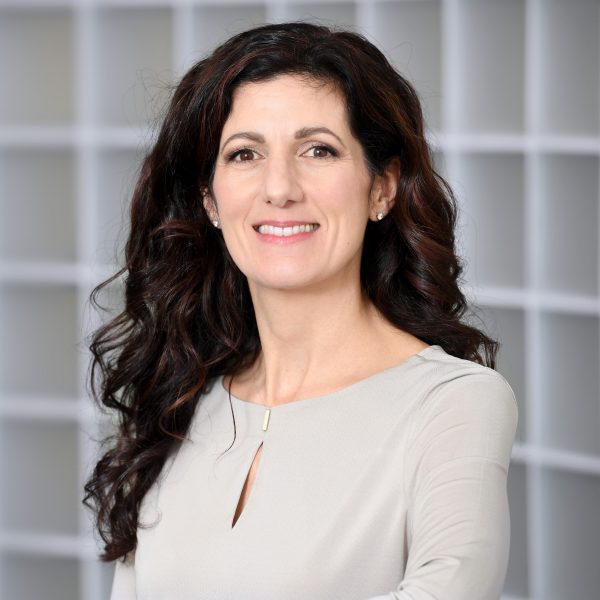
Erika Pearce
John Hopkins University
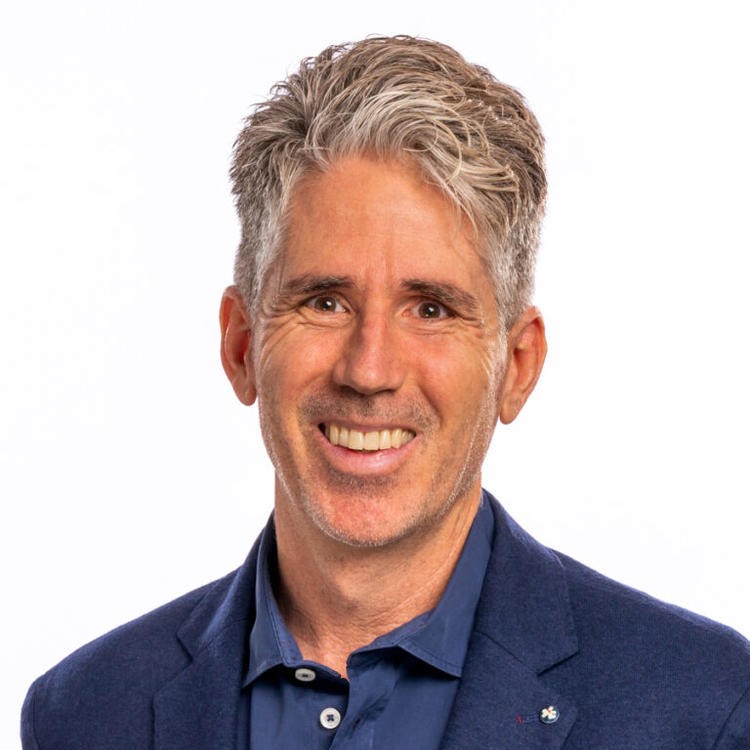
Josh Rabinowitz
Princeton University
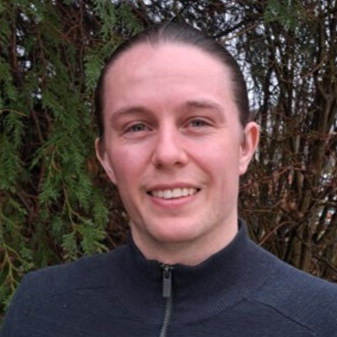
Dylan Ryan
University of Cambridge
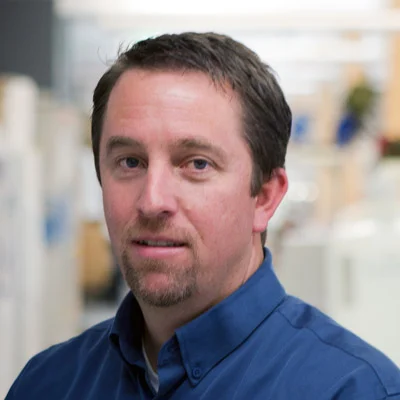
Jared Rutter
University of Utah
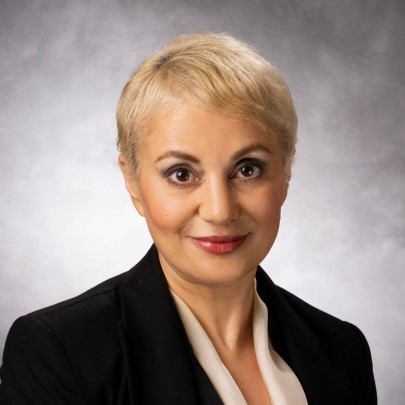
Shabnam Shalapour
The University of Texas MD Anderson Cancer Center
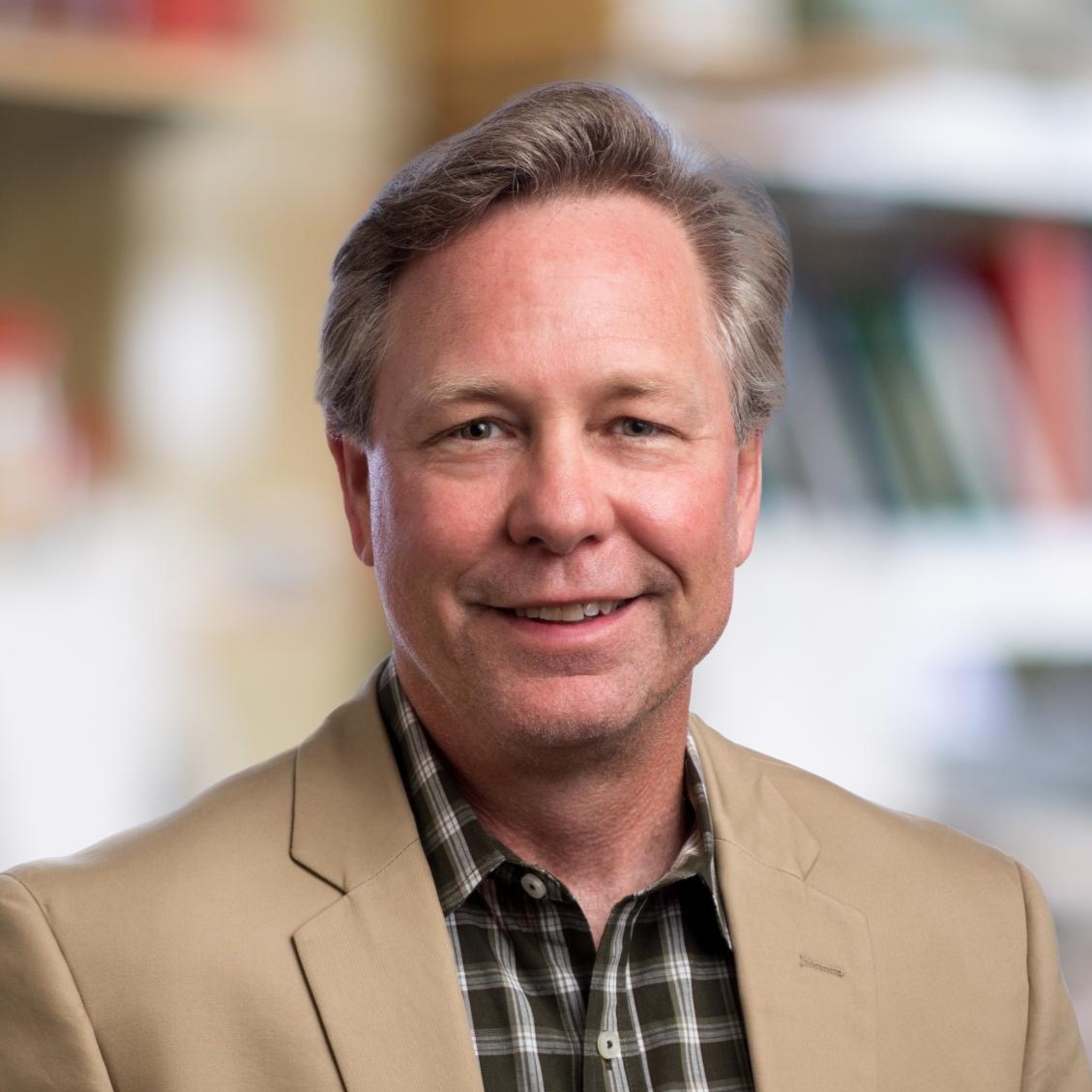
Gerald Shadel
Salk Institute
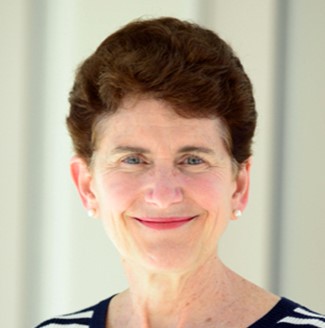
Celeste Simon
University of Pennsylvania
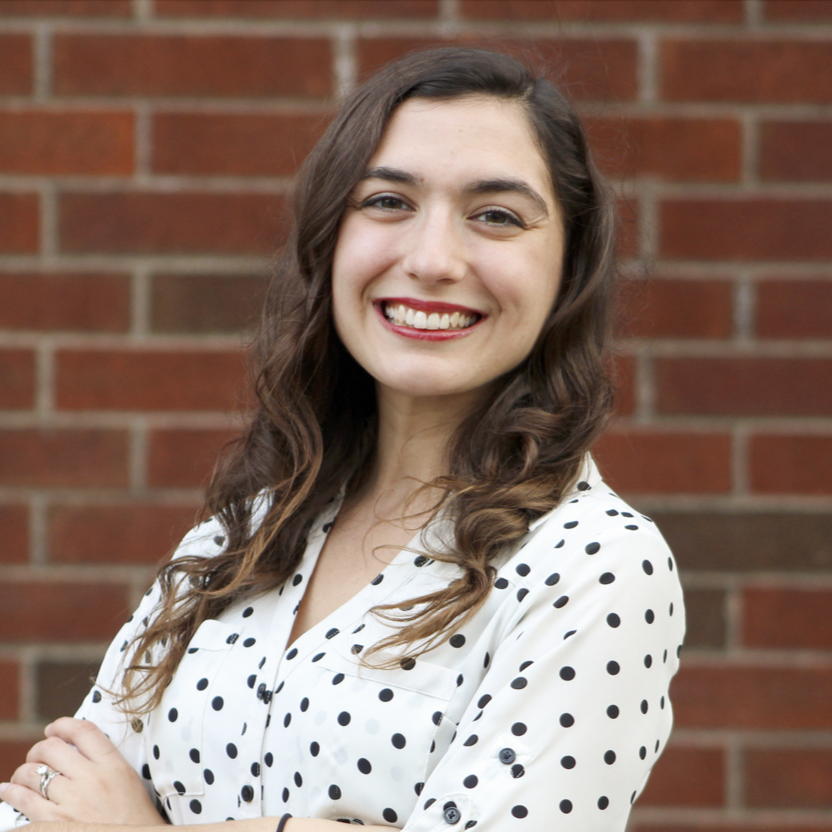
Jessica Spinelli
UMass Chan Medical School
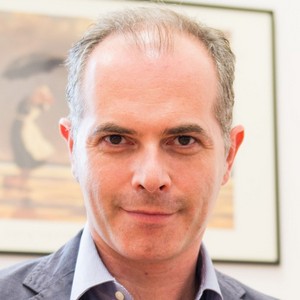
Luca Scorrano
University of Padua
Programme
Supported by
Interested in sponsoring this conference?
Contact usVenue & Location
Hilton La Romana
Hilton La Romana is an all-inclusive property and is perfectly set on the Dominicans Republic's pristine coast. Lush jungles, gorgeous weather, and expansive beaches invite you to explore the beauty of the island while the resort enchants with daily activities for every age. Explore six restaurants, eight bars and lounges, and 24-hour room service. Relax in oversized rooms with views of tropical gardens or the Caribbean Sea.
Non-motorized activities like kayaking, snorkeling, and windsurfing are free at the resort.
General Information
Venue Rating
★ ★ ★ ★ ★
Currency
US Dollar (USD)
Address
Playa Bayahibe Section B, La Romana, 23000, Dominican Republic
Nearest Airport
Punta Cana International Airport
Hotel Facilities
Six Restaurants (no reservations required)
Eight bars and lounges
Water park
Private beach
Non-motorized watersports
Four ourdoor pools
Daily resort activities
Kids/teens club
Nightly entertainment
Room entertainment
Room services
Fitness center
Please note, If you arrive earlier than 11am on the day you are due to check in, there may be an early access charge of $25USD per person. This fee will give you access to hotel facilities (not including your room). There is no charge for hotel access for those who arrive after 11am.
Location
La Romana is a port city located opposite Catalina Island, and approx 80 km (50 mi) from both Santo Domingo and Punta Cana.
Gallery
If you are interested in this meeting but not yet ready to register, you can sign up for updates here and our team will keep you updated regarding deadline reminders and grant opportunities relating to this meeting only.
If you're interested in sponsoring this conference please contact us.
Conference Manager

Rosie Johnson
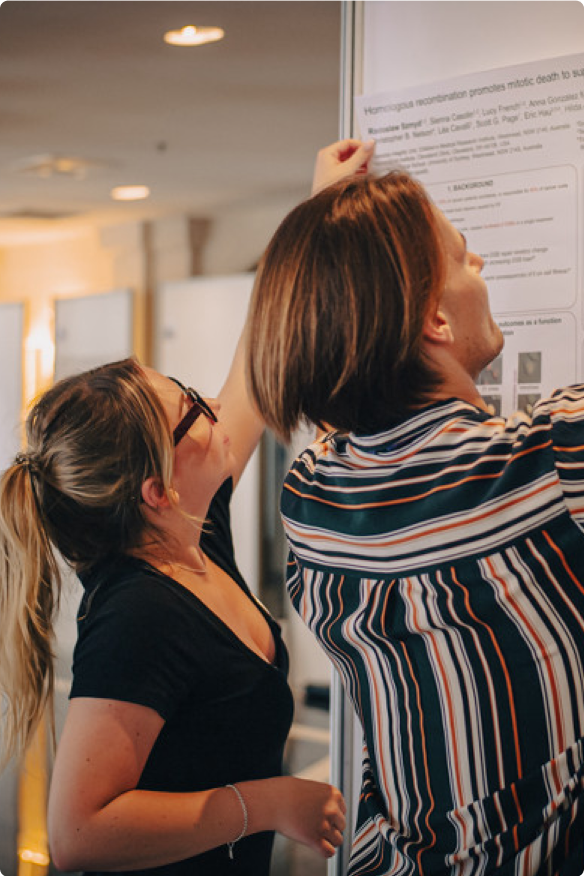

Need some help? Chat to the Fusion team today
As a family run business, our dedication runs deep. We’re committed to each other and, even more so, to every attendee’s experience, delivering a level of care and passion that’s truly unmatched.
